fact

Natural History
It started with a note I found tucked into an anthology of poems edited by Selden Rodman, a book I opened rarely, though there was a time when I was young I had read it so closely and so many times I had most of the poems memorized. The note lay in the spine of the book against a poem of Arthur Rimbaud's titled, I think, "The Twelve-Year-Old Poet." On it are four names printed out in my sure and youthful twenty-one-year-old hand: Baghdad, Koweit, Sakakah, Jaffa.

Letter from Nepal
At first the blackouts in Kathmandu are limited to six hours a week, so in my area we do without lights on Saturday and Sunday evenings. It’s not difficult—candles at dinner, quite charming at first—but then we jump to fifteen hours a week without power, then to thirty-six hours, all within ten days. The govern

Re-hanging the National Wallpaper
When I lived in Ottawa in the 1970s, I used to enjoy passing lazy afternoons at the National Gallery looking at the pictures. I remember how surprised I was when I first encountered the Group of Seven collection. These paintings were completely familiar—I’d seen them in schoolbooks and on calendars, posters, t-shirts, everywhere—yet at the same time they were completely unexpected.
.svg)
Death So Noble: Memory, Meaning, and the First World War
Only now, eighty years after the war, are we given the explanation of that process of transformation, in the pages of Death So Noble: Memory, Meaning, and the First World War, by Jonathan F. Vance (UBC Press). Vance tells the story of a tiny country



.svg)



































































.jpg)
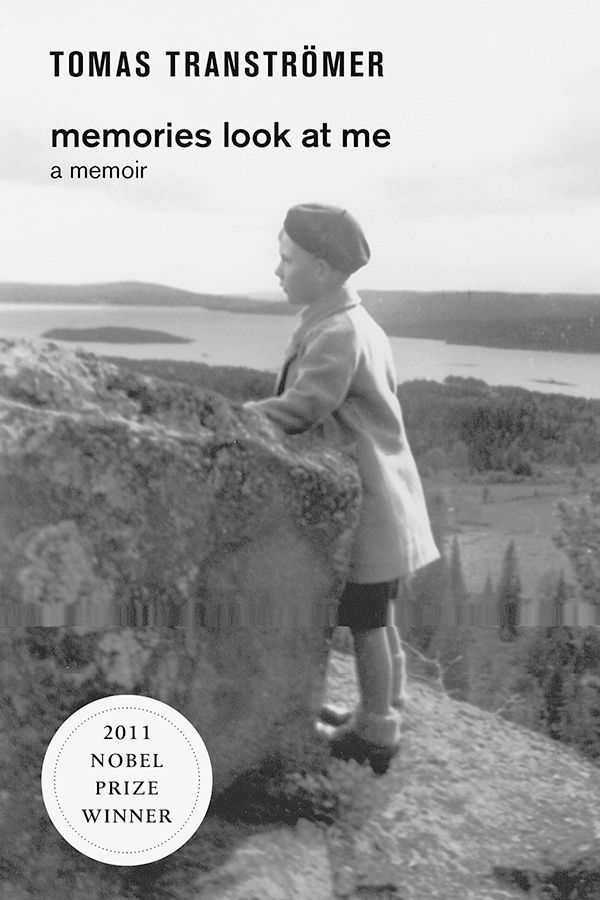
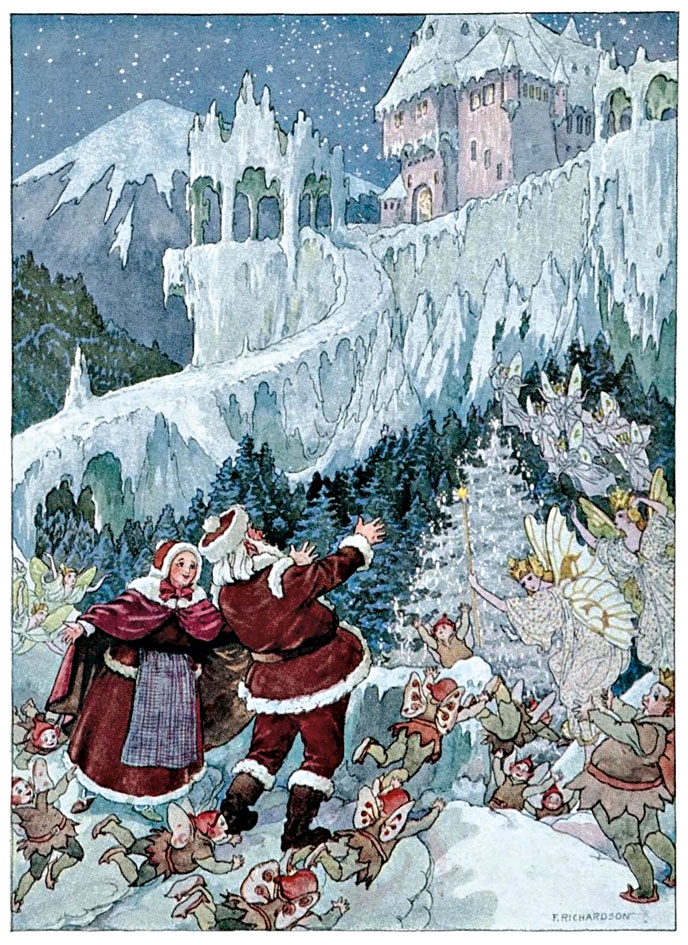
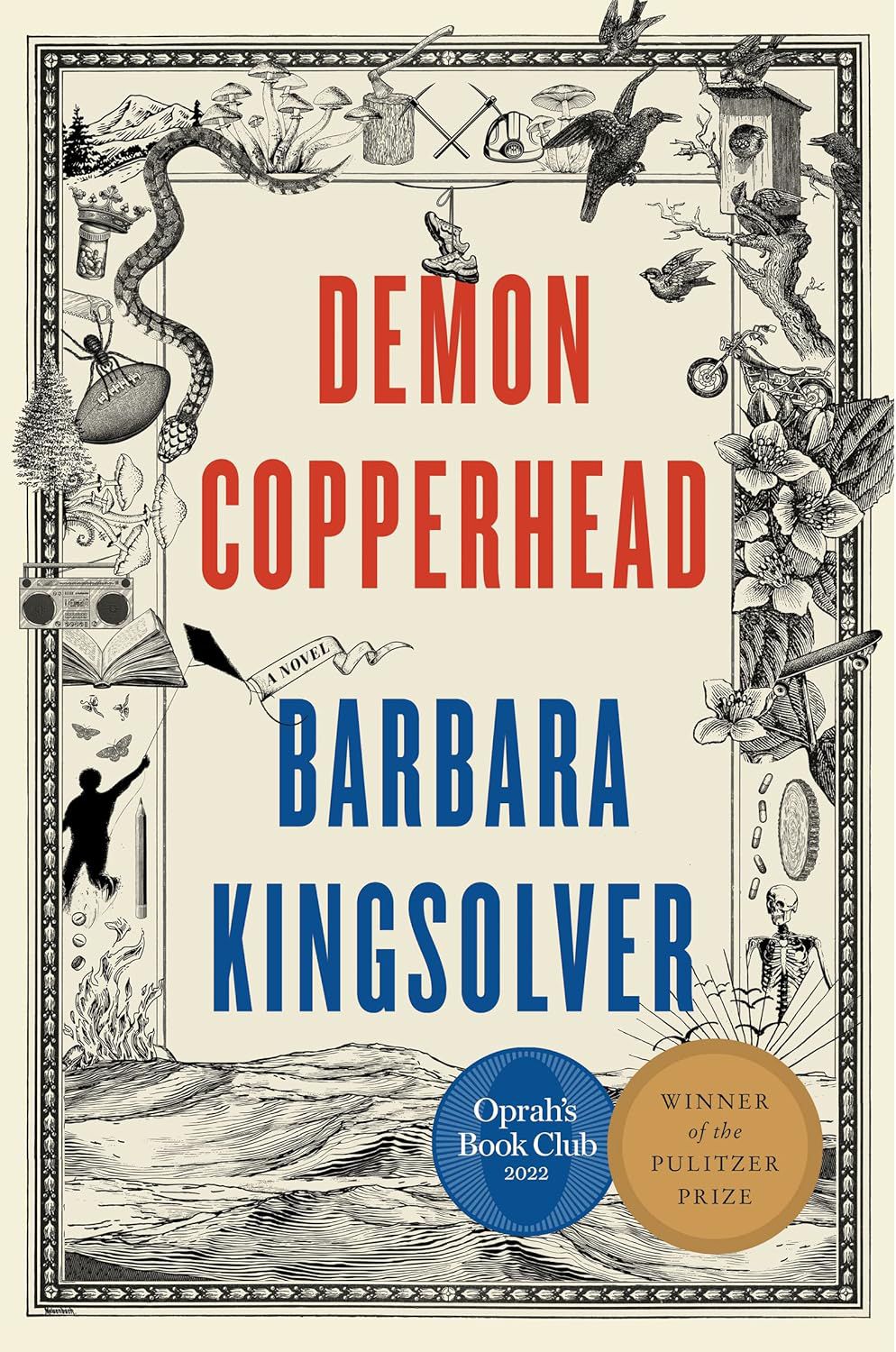



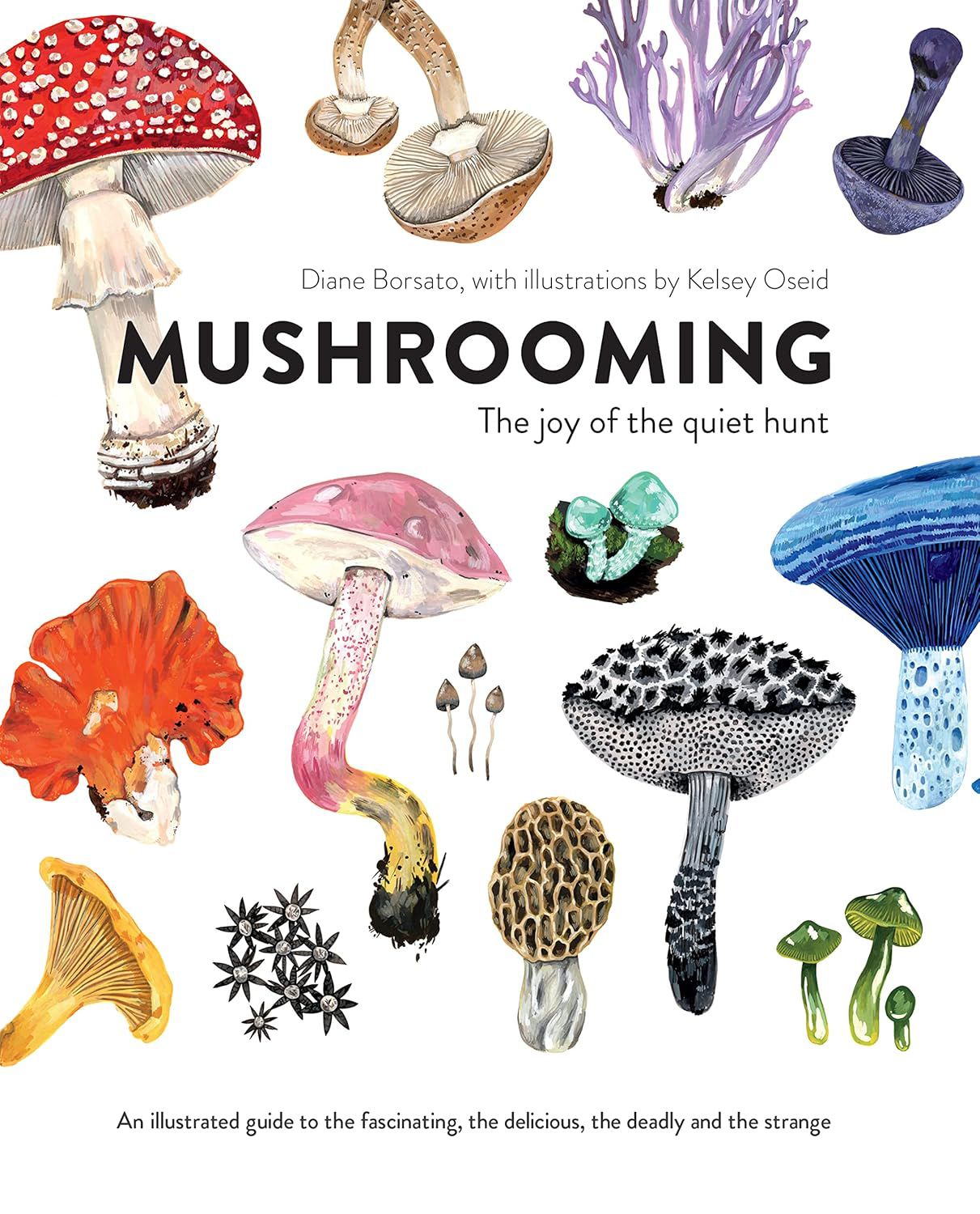

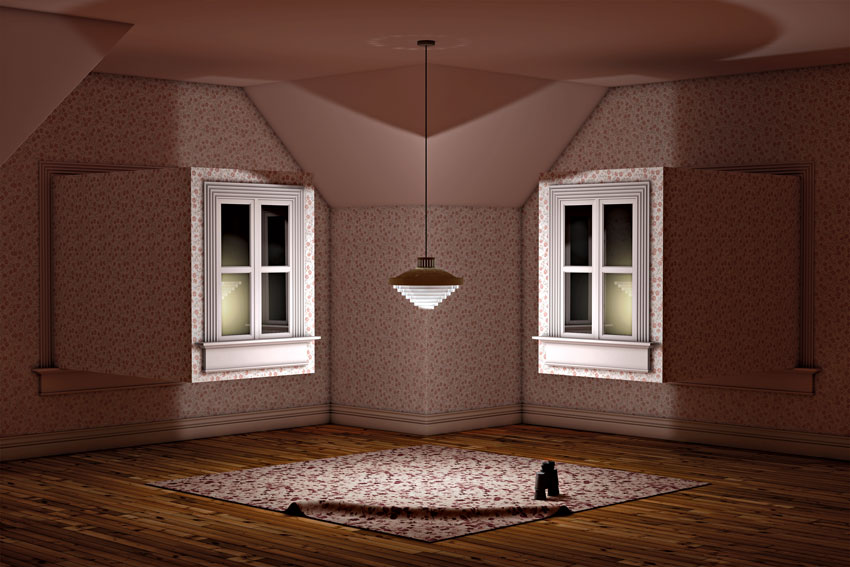
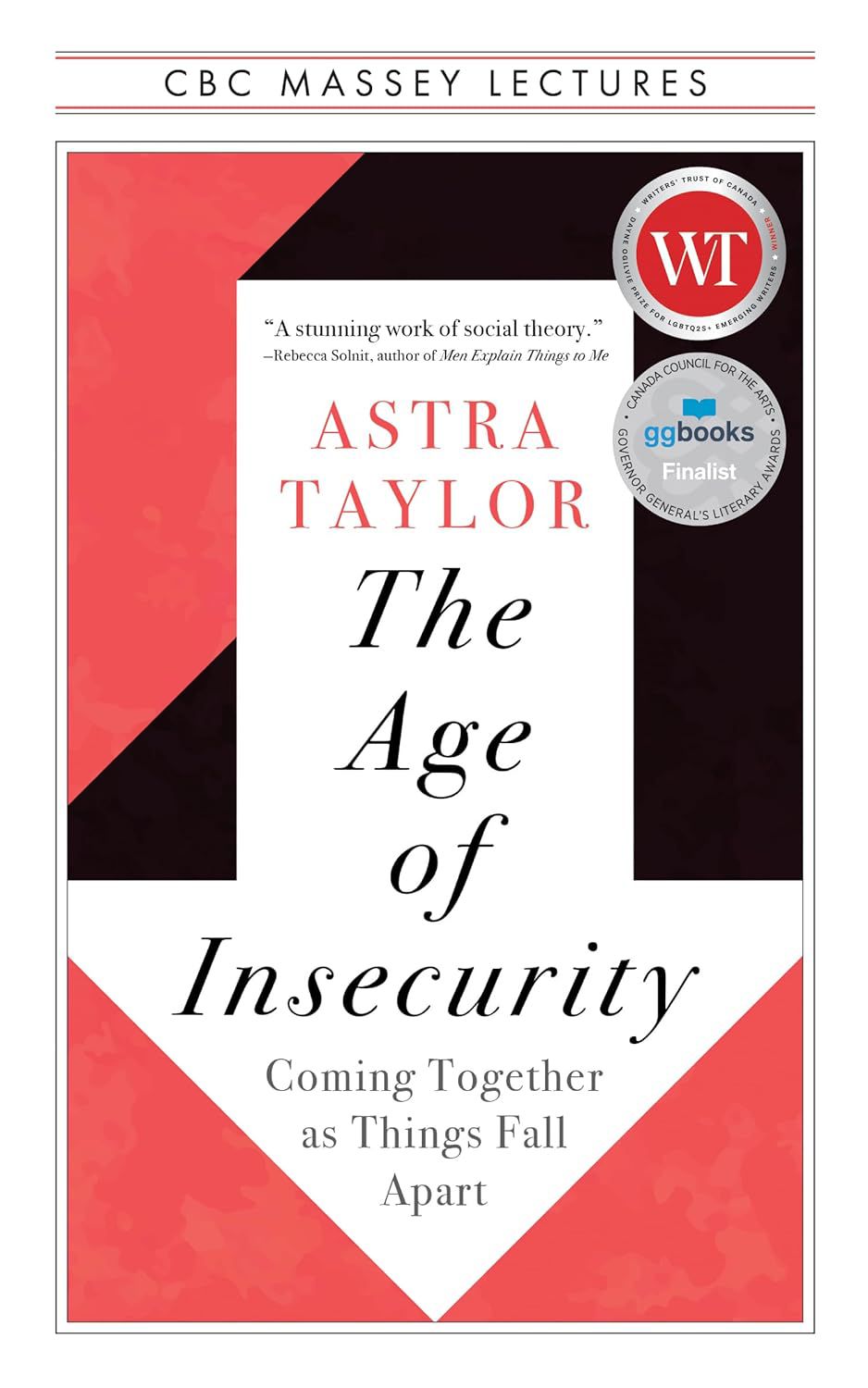
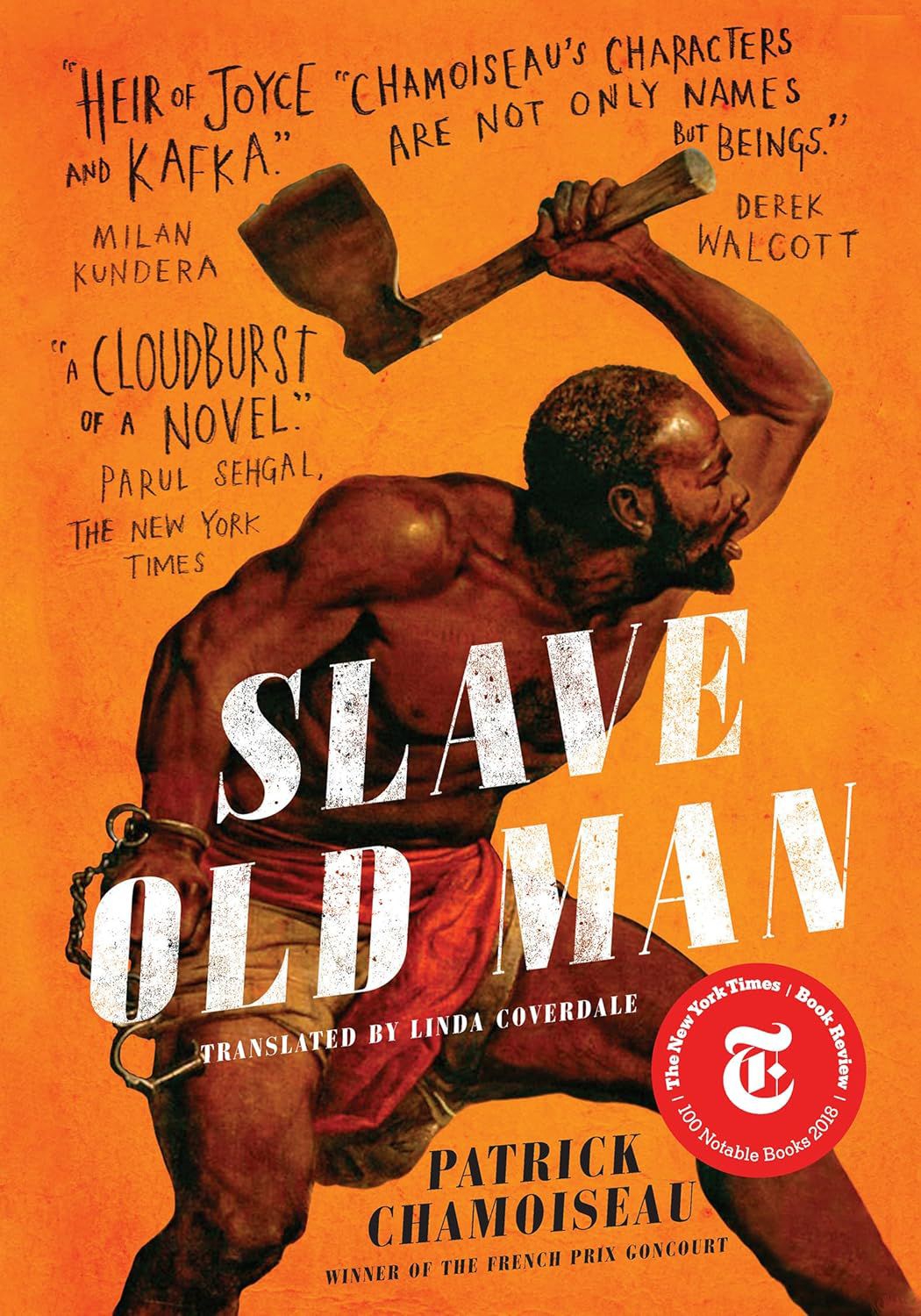

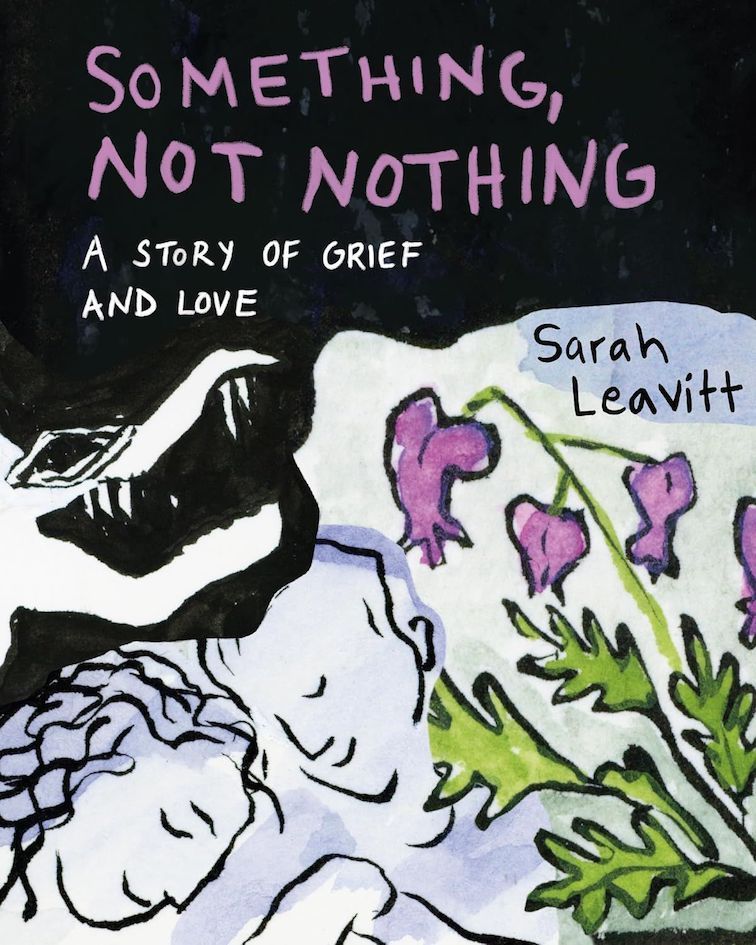
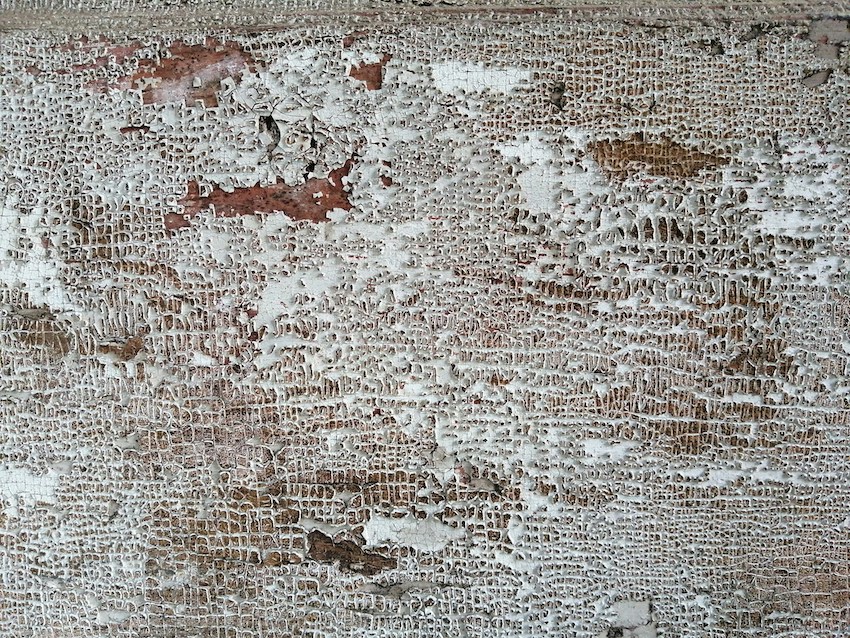








.jpg)